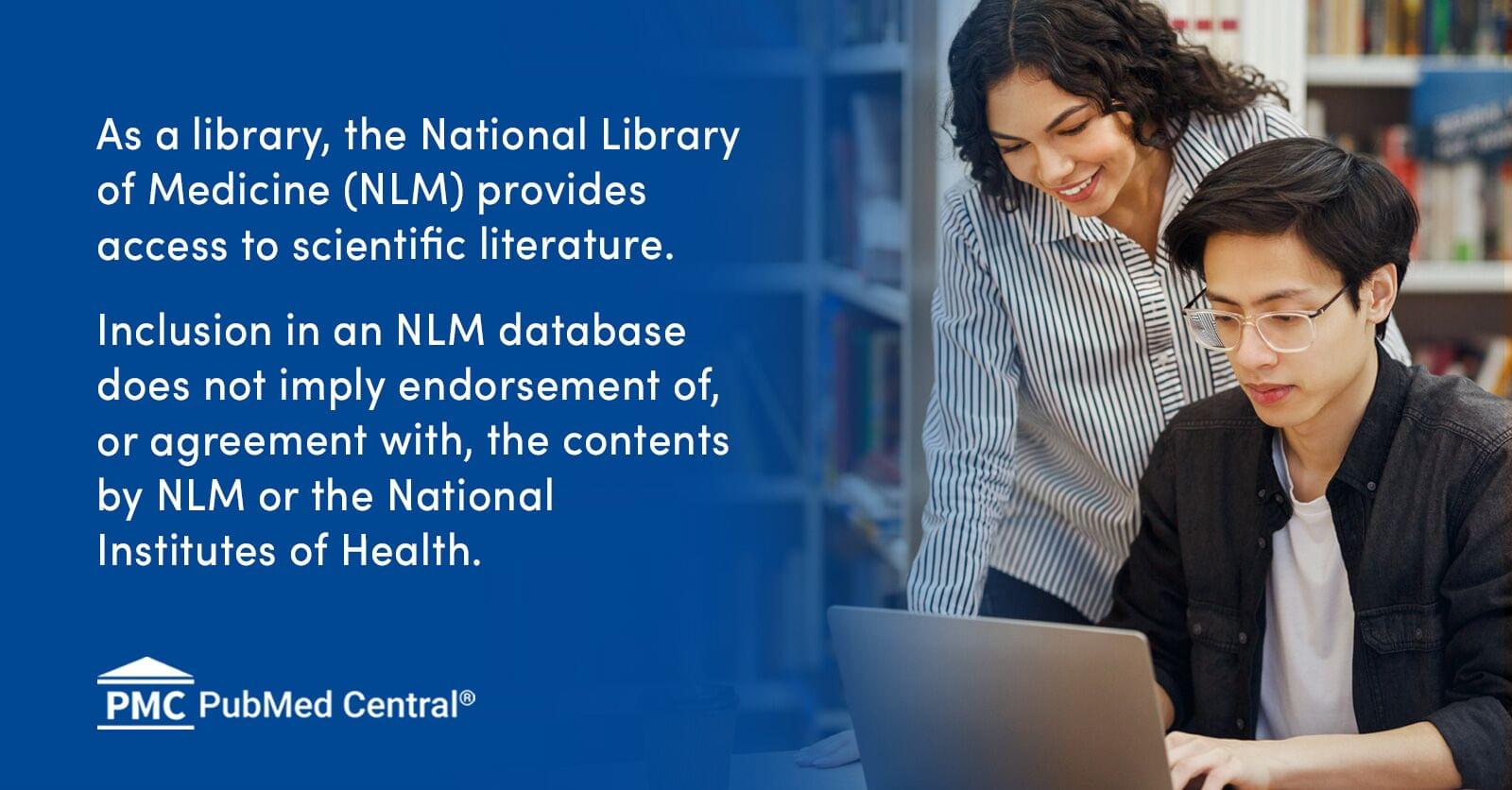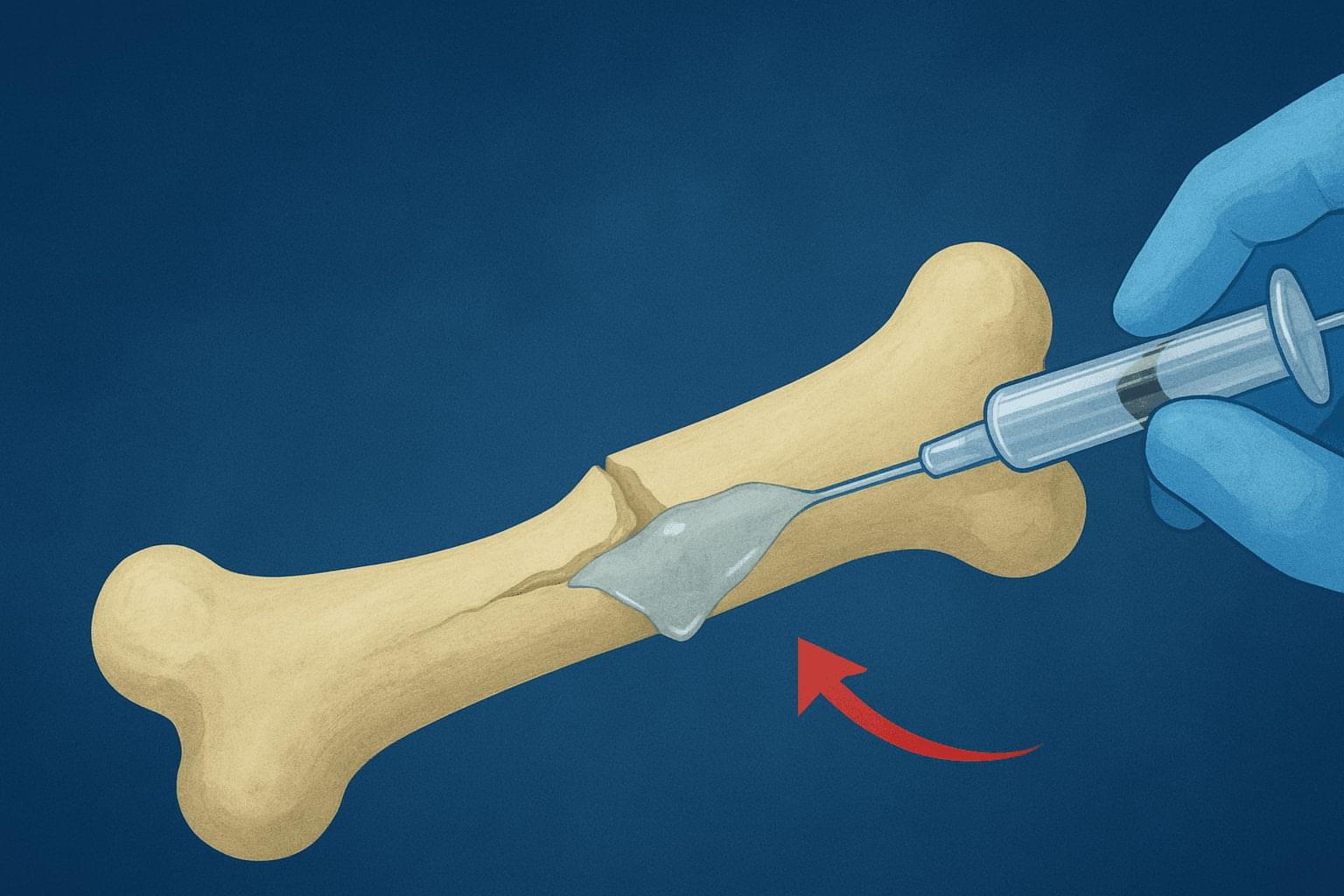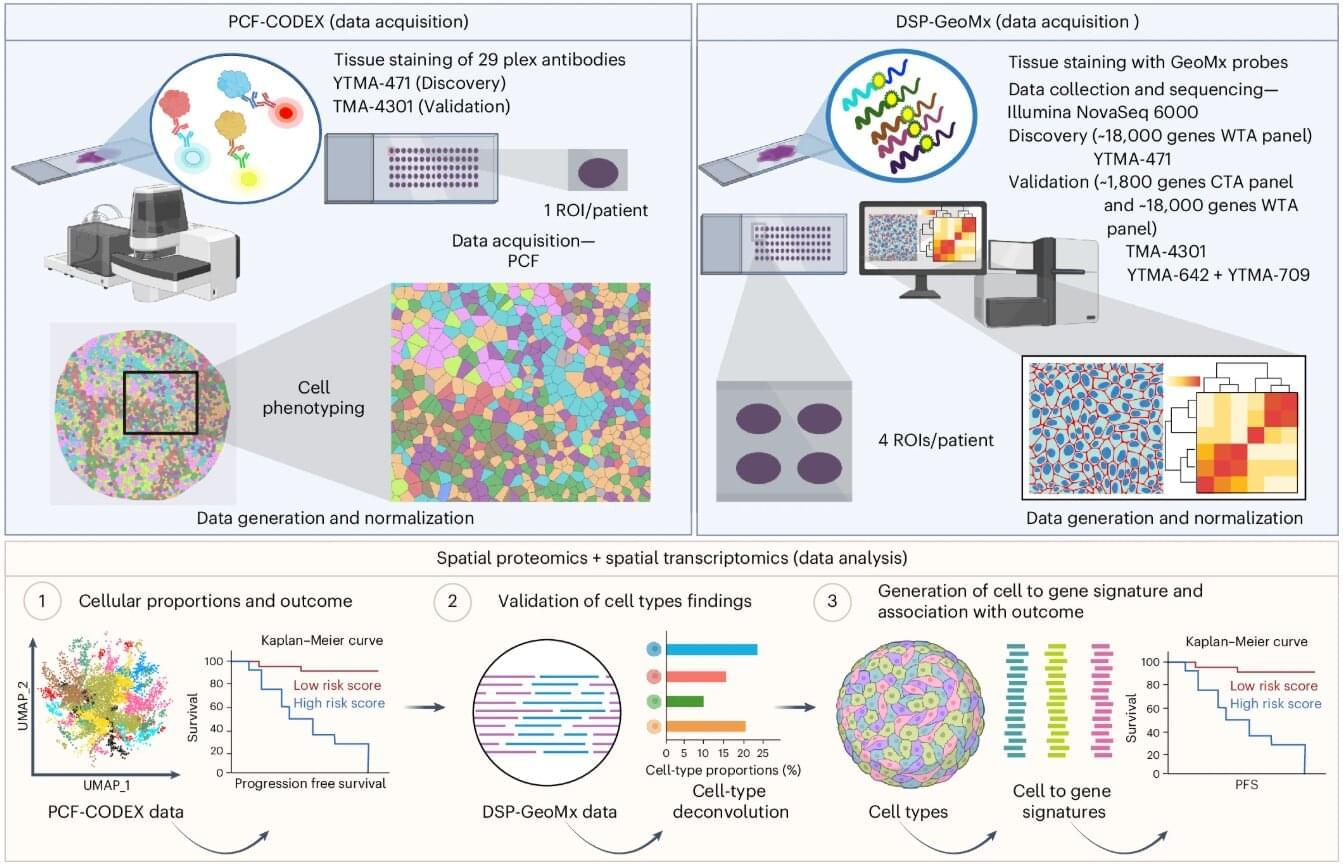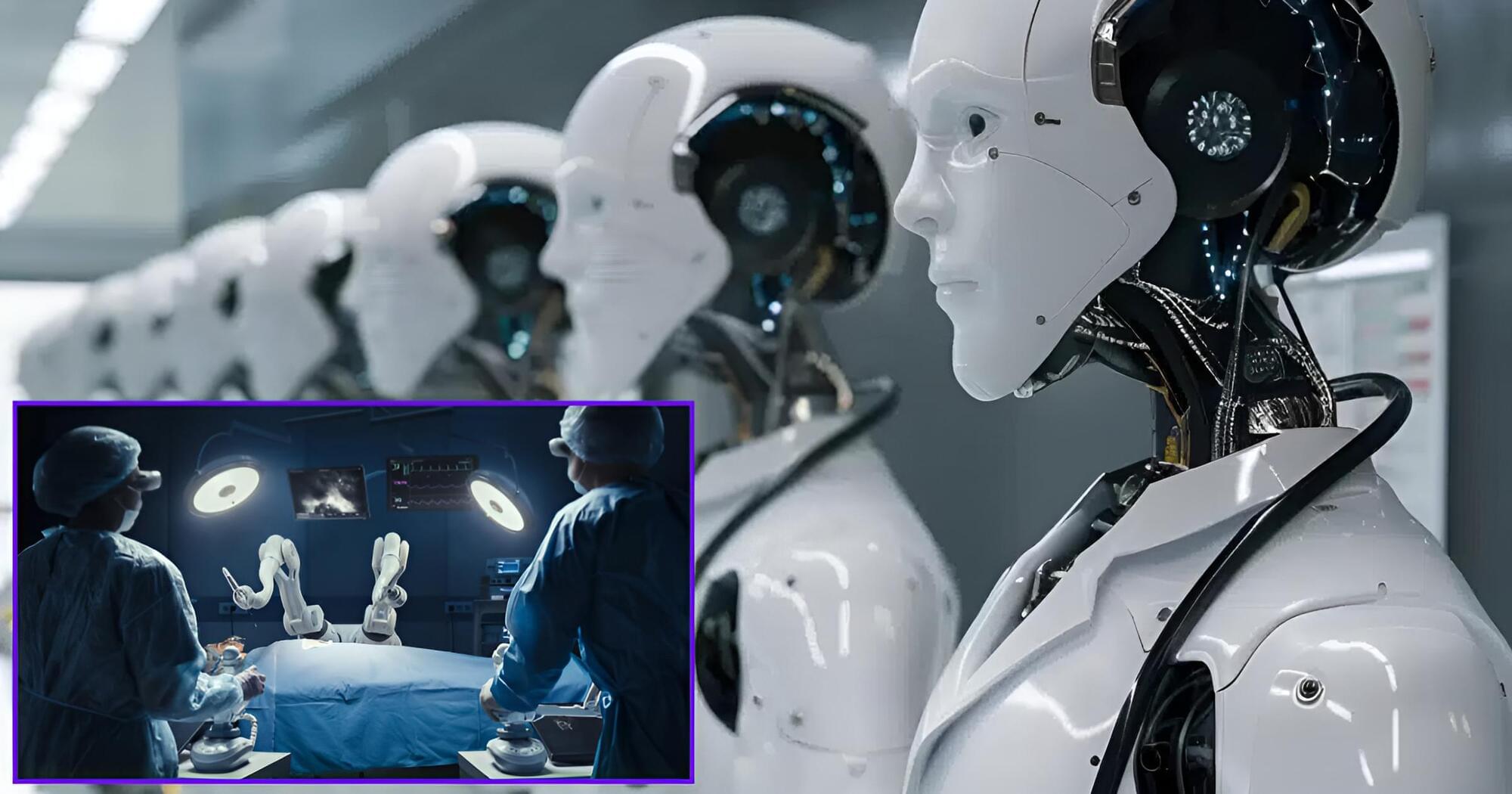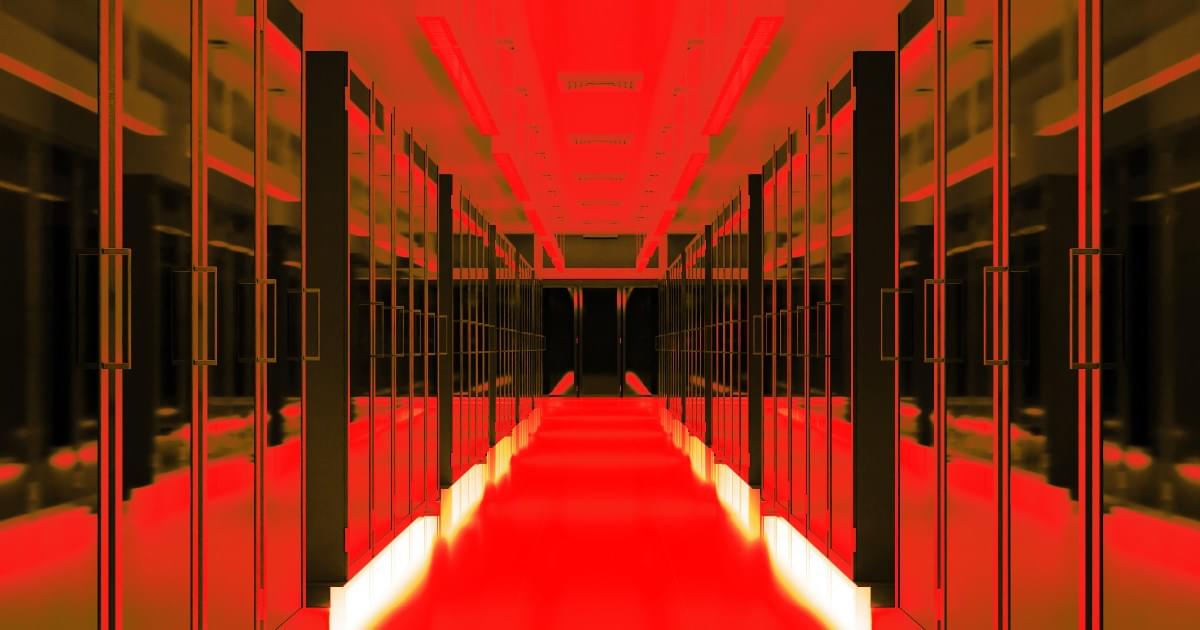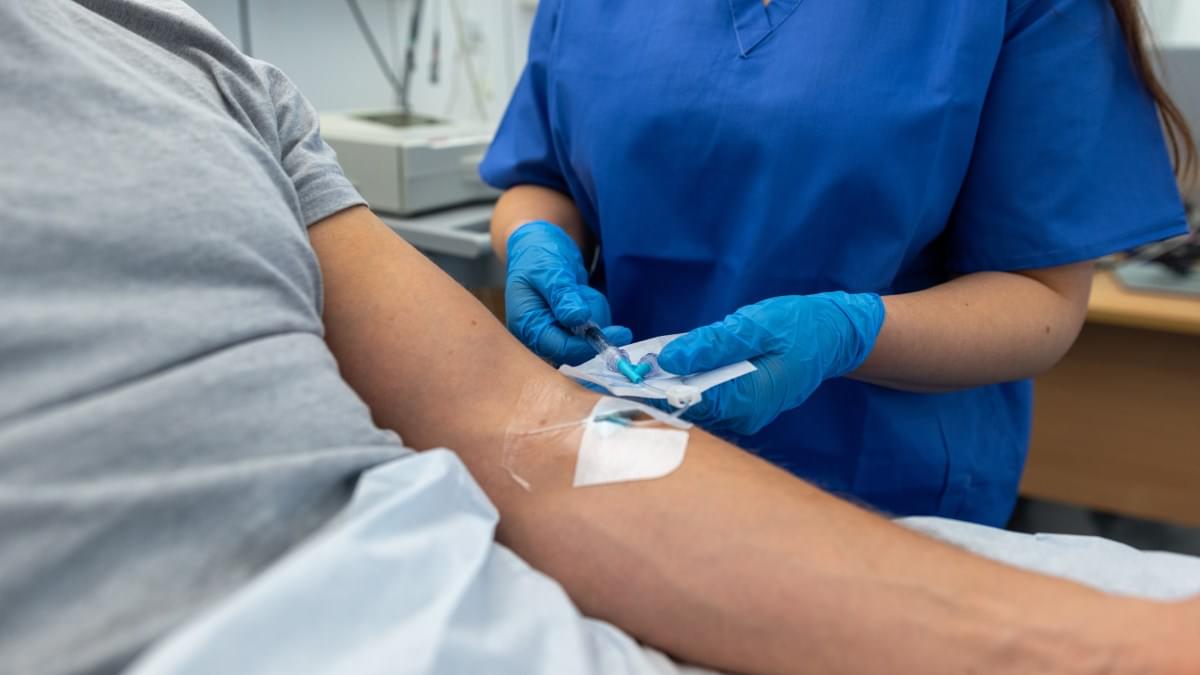Researchers have developed a way to predict how lung cancer cells will respond to different therapies, allowing people with the most common form of lung cancer to receive more effective individualized treatment.
The research, published Oct. 10 in Nature Genetics, was led by Thazin Aung, Ph.D., in the laboratory of Yale School of Medicine’s David Rimm, MD, Ph.D., in collaboration with scientists at the Frazer Institute at the University of Queensland. Researchers studied the tumors of 234 patients with non-small cell lung cancer (NSCLC) across three cohorts in Australia, the United States, and Europe.
“Using AI and spatial biology, we mapped NSCLC, cell-by-cell, to understand and predict its response to drug treatment,” Aung says. “This ‘Google Maps’ approach can pinpoint areas within tumors that are both responsive and resistant to therapies, which will be a gamechanger for lung cancer treatment. Rather than having to use a trial-and-error approach, oncologists will now know which treatments are most likely to work with new precision medicine tools.”

